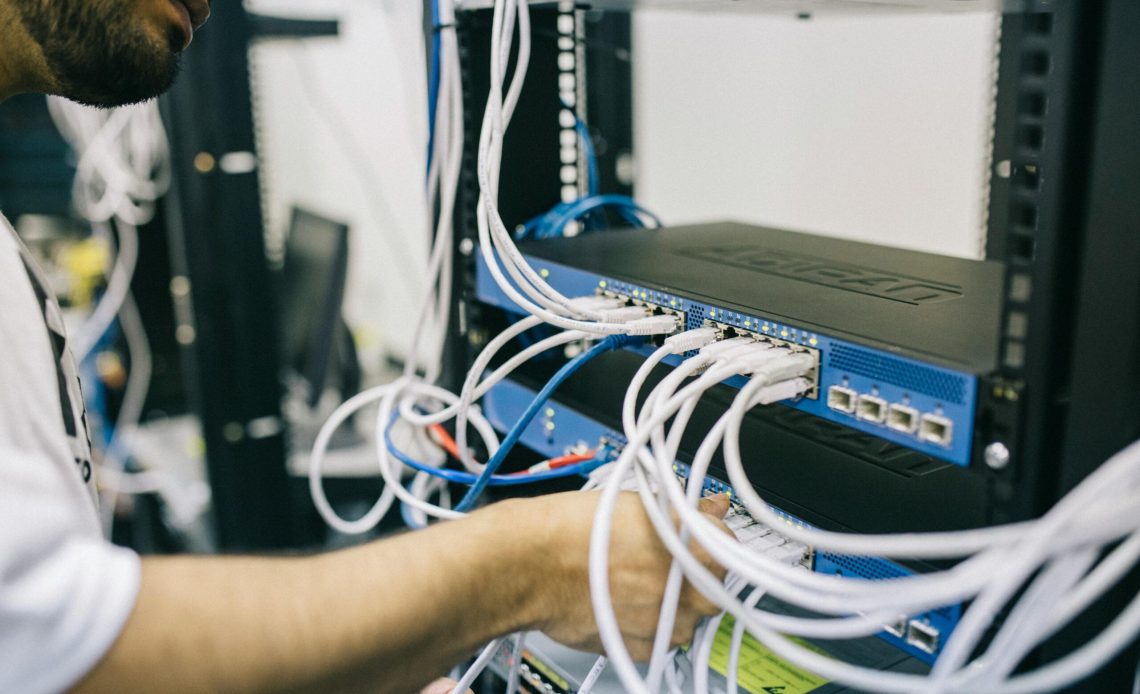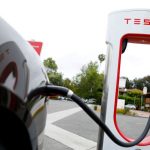
Electricity demand to power AI technology and data centres by the end of this decade will require more than Japan’s electricity consumption today.
The consumption of electricity by data centres is projected to increase by over two times, reaching approximately 945 Terawatt-hour by the year 2030, according to a report released by the International Energy Agency on Thursday.
“Renewables and natural gas take the lead in meeting data centre electricity demand, but a range of sources are poised to contribute,” the Paris-based energy watchdog said.
Sources
Renewable energy sources, supported by storage and the broader electricity grid, meet 50% of the global growth in data centre demand.
Natural gas is at the forefront of dispatchable energy sources that will play a key role in the future. Additionally, the tech sector’s advancements in nuclear and geothermal technologies will also be crucial.
Nearly half of the growth in electricity demand in the US between now and 2030 will be driven by data centers.
The country’s electricity consumption for data centres is projected to surpass the combined electricity usage for the production of all energy-intensive goods, including aluminium, steel, cement, chemicals, and others, by 2030, IEA said.
“Uncertainties widen further after 2030, but our Base Case sees global data centre electricity consumption rising to around 1 200 TWh by 2035,” the agency added.
Growth
The share of global electricity demand growth used by data centres by 2030 will be less than that of industrial motors, household and office air conditioning, and electric vehicles.
Data centres will account for about one-tenth of the total growth.
“However, the significance of data centres in driving electricity demand differs by country,” the agency said.
The IEA estimates that data centres are responsible for approximately 5% of the increase in electricity demand expected by 2030 in emerging and developing economies, which are already seeing rapid growth in electricity demand.
Advanced economies, on the other hand, have seen several decades of essentially stagnant electricity demand.
The electricity sector needs to be put on a growth footing again, according to the IEA. This is a wake-up call for developed countries where data centres will account for over 20% of demand growth by 2030.
AI in energy sector
The substantial increase in global investment in large data centres, which has doubled since 2022, is a direct result of the rise of AI.
These data centres, used for AI model training and operation, have significant energy demands.
A large data centre’s electricity consumption can equal that of 100,000 households, while the largest data centre currently under construction has the potential to consume electricity as much as 2 million households.
This has huge implications for the energy sector.
Fatih Birol, the executive director of the IEA, said:
With the rise of AI, the energy sector is at the forefront of one of the most important technological revolutions of our time. AI is a tool, potentially an incredibly powerful one, but it is up to us – our societies, governments and companies – how we use it.
Benefits of AI in energy sector
AI has been used in the oil and gas industry to optimize exploration, production, maintenance, and safety.
AI can optimise and automate production processes, predict maintenance requirements, and detect leaks in operations, according to IEA. AI can also be used to reduce methane emissions.
Additionally, AI can enhance resource evaluation and minimise predrilling uncertainty in exploration and development.
Meanwhile, AI can assist in stabilising electrical grids that are becoming increasingly intricate, decentralised, and digitised.
Integrating variable renewable energy generation can be improved through AI, which can enhance forecasting and reduce curtailment and emissions.
Energy security
The worldwide supply chains for data centre components are intricate.
Gallium, for instance, a metal crucial for advanced computer chips and power electronics and substantially more efficient than conventional silicon-based designs, is almost exclusively sourced from China, which refines approximately 99% of the global supply.
IEA’s estimations indicate that by 2030, data centres could consume over 10% of the current global gallium supply.
“AI compounds some energy security risks, but it also offers solutions in both the cyber and physical domains,” IEA said.
The growing capabilities of AI have led to a proportional increase in its potential for both positive and negative use by various actors.
This is evident in the threefold increase and sophistication of cyberattacks on energy utilities over the past four years, fueled by advancements in AI technology.
“At the same time, AI is becoming a critical tool to defend against them.”
AI-equipped satellites and sensors can identify incidents in critical energy infrastructure 500 times faster and at higher spatial resolutions than traditional ground-based methods in the physical domain.
Climate change concerns overstated
Data centers are among the fastest growing sources of emissions, with emissions from electricity use expected to increase from 180 million tonnes today to 300 million tonnes by 2035 in the Base Case, and up to 500 million tonnes in the Lift-Off Case, IEA said.
While these emissions will remain below 1.5% of total energy sector emissions during this period, data center emissions are a growing concern.
“The widespread adoption of existing AI applications could lead to emissions reductions that are far larger than emissions from data centres – but also far smaller than what is needed to address climate change.”
IEA estimates that emissions reductions from the broad application of existing AI-led solutions to be equivalent to around 5% of energy-related emissions in 2035.
AI can be a tool in reducing emissions, but it is not a silver bullet and does not remove the need for proactive policy,
The post Data centres on track to outpace Japan’s electricity usage by 2030, says IEA appeared first on Invezz






